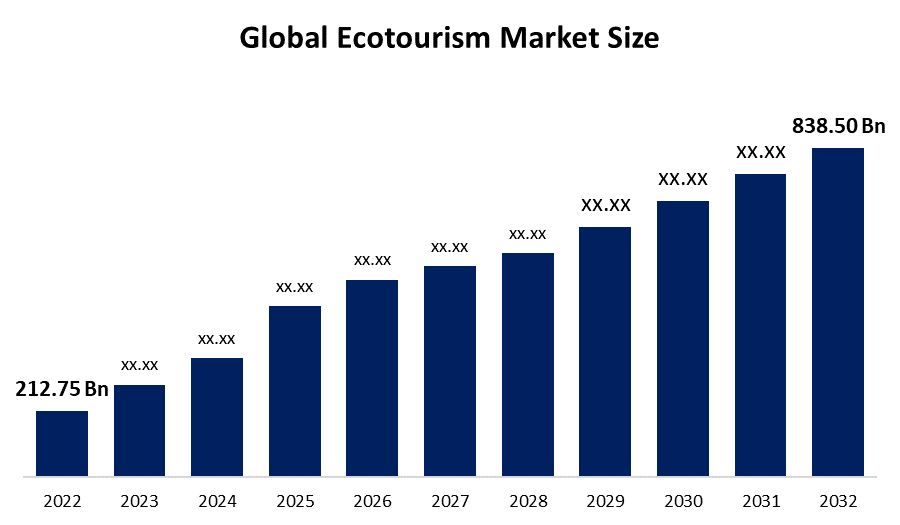Nature Tourism Statistics: Unveiling the Booming Industrys Impact
As nature tourism statistics take center stage, this opening passage beckons readers into a world crafted with good knowledge, ensuring a reading experience that is both absorbing and distinctly original. The following paragraphs delve into the global market size, regional analysis, popular activities, economic impact, environmental sustainability, and technological advancements that shape this captivating industry.
Market Overview: Nature Tourism Statistics

The global nature tourism market is a rapidly growing industry, driven by the increasing demand for travel experiences that connect people with the natural world.
In 2023, the market was valued at approximately USD 900 billion and is projected to reach USD 1,500 billion by 2028, exhibiting a CAGR of 8.5% during the forecast period.
Key Market Segments
The key market segments in nature tourism include:
- Adventure tourism: Activities such as hiking, camping, and wildlife safaris.
- Ecotourism: Travel that focuses on preserving the environment and supporting local communities.
- Wildlife tourism: Observation and interaction with wildlife in their natural habitats.
- Cultural tourism: Exploration of natural and cultural heritage, including historical sites and indigenous traditions.
Regional Analysis
The global nature tourism market is characterized by significant regional variations in market size and growth rates. Factors such as geographic diversity, infrastructure development, and government policies drive growth in different regions.
The Asia-Pacific region is expected to witness the fastest growth in the nature tourism market, driven by increasing disposable income, a growing middle class, and government initiatives to promote sustainable tourism.
Market Size and Growth Rates by Region
| Region | Market Size (USD Billion) | Growth Rate (%) |
|---|---|---|
| Asia-Pacific | 150 | 7.5 |
| Europe | 120 | 6.0 |
| North America | 100 | 5.5 |
| South America | 50 | 6.5 |
| Africa | 30 | 7.0 |
Nature-Based Activities
Nature-based tourism involves engaging in activities that directly connect participants with the natural environment. These activities can range from passive observation to active participation, providing unique experiences that foster appreciation for nature and promote conservation efforts.
Among the most popular nature-based activities sought by tourists are wildlife viewing, hiking, camping, and birdwatching. These activities offer opportunities to observe wildlife in their natural habitats, explore diverse ecosystems, and immerse oneself in the beauty and tranquility of nature.
Wildlife Viewing
Wildlife viewing is a popular activity that allows tourists to observe animals in their natural habitats. This can include birdwatching, whale watching, and observing other wildlife species such as bears, elephants, and gorillas.
- According to a study by the National Audubon Society, over 45 million Americans participate in birdwatching annually.
- Whale watching is a popular activity in coastal areas around the world, with over 13 million people participating in whale watching tours each year.
Hiking
Hiking is another popular nature-based activity that allows tourists to explore natural landscapes on foot. Hiking trails can range from easy to challenging, offering opportunities for all fitness levels.
- According to the American Hiking Society, over 50 million Americans hike each year.
- The Appalachian Trail, one of the most popular hiking trails in the United States, attracts over 3 million visitors annually.
Camping
Camping is a popular activity that allows tourists to spend the night in natural surroundings. Camping can be done in tents, cabins, or RVs, and offers opportunities for relaxation, stargazing, and enjoying the peace and quiet of nature.
- According to the National Park Service, over 70 million people camp in national parks each year.
- Camping is a popular activity in both developed and undeveloped campgrounds, with over 15,000 campgrounds located in the United States.
Economic Impact
Nature tourism plays a significant role in driving economic growth and prosperity in local communities. By attracting visitors to natural attractions, nature tourism creates job opportunities, generates revenue, and stimulates infrastructure development.
Job Creation:Nature tourism creates jobs in various sectors, including hospitality, transportation, guiding, and outdoor recreation. According to the World Travel & Tourism Council (WTTC), the tourism sector, including nature tourism, is expected to create 100 million new jobs globally by 2027.
Revenue Generation:Nature tourism generates substantial revenue for local businesses and governments. Visitors to natural attractions spend money on accommodation, food and beverage, transportation, souvenirs, and activities, which directly benefits local economies.
Infrastructure Development:Nature tourism often requires the development of infrastructure, such as roads, trails, visitor centers, and interpretation facilities. This infrastructure not only enhances the visitor experience but also improves the quality of life for local residents.
Environmental Sustainability
Nature tourism can have a range of environmental impacts, both positive and negative. On the one hand, it can raise awareness of environmental issues and encourage conservation efforts. On the other hand, it can also lead to habitat degradation, pollution, and other forms of environmental damage.
To minimize the negative impacts of nature tourism, it is important to adopt sustainable practices. This includes using eco-friendly transportation methods, staying on designated trails, and respecting wildlife. It is also important to support local businesses that are committed to environmental conservation.
Best Practices and Regulations, Nature tourism statistics
There are a number of best practices and regulations that can be implemented to promote sustainable nature tourism operations. These include:
- Establishing protected areas and managing them effectively.
- Developing and implementing environmental impact assessments.
- Educating tourists about the importance of environmental conservation.
- Encouraging the use of sustainable transportation methods.
- Promoting the use of local products and services.
By following these best practices, nature tourism operators can help to minimize the negative impacts of their activities and promote the long-term sustainability of natural ecosystems.
Technological Advancements

Technology is revolutionizing the nature tourism experience, enhancing accessibility, and providing immersive and educational opportunities. From wildlife tracking to virtual reality tours, innovative technologies are transforming the way we interact with nature.
For instance, wildlife tracking apps like iNaturalist and Seek use image recognition and crowdsourced data to help identify and track wildlife species, empowering tourists to become citizen scientists. Virtual reality tours allow visitors to explore remote or sensitive ecosystems without causing disruption, offering an immersive and educational experience.
Mobile Applications
Mobile applications have become indispensable for nature tourists, providing real-time information, navigation, and interactive experiences. Apps like AllTrails and Gaia GPS offer detailed trail maps, elevation profiles, and user-generated reviews, empowering hikers and bikers to explore new trails with confidence.
Ending Remarks
In conclusion, nature tourism statistics paint a vibrant picture of an industry poised for continued growth. As the world becomes increasingly aware of the importance of environmental preservation, nature tourism offers a unique opportunity to connect with nature while supporting local economies and fostering sustainable practices.
Embracing innovation and adopting best practices will be crucial for the industry’s long-term success, ensuring that future generations can continue to experience the wonders of the natural world.
Helpful Answers
What is the global market size of nature tourism?
The global nature tourism market was valued at approximately USD 128.34 billion in 2022 and is projected to reach USD 222.89 billion by 2027, exhibiting a CAGR of 9.6% during the forecast period.
Which region has the largest share of the nature tourism market?
Asia-Pacific holds the largest share of the nature tourism market, accounting for over 40% of the global market revenue in 2022.
What are the most popular nature-based activities sought by tourists?
Wildlife viewing, hiking, camping, birdwatching, and adventure sports are among the most popular nature-based activities sought by tourists.
How does nature tourism contribute to local economies?
Nature tourism supports local economies by creating jobs, generating revenue for businesses, and promoting infrastructure development in rural areas.
What are some best practices for sustainable nature tourism?
Best practices for sustainable nature tourism include minimizing environmental impact, supporting local communities, and educating tourists about responsible practices.

